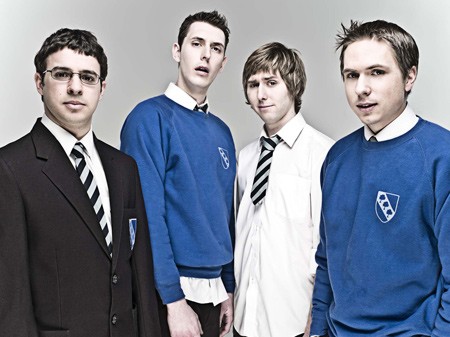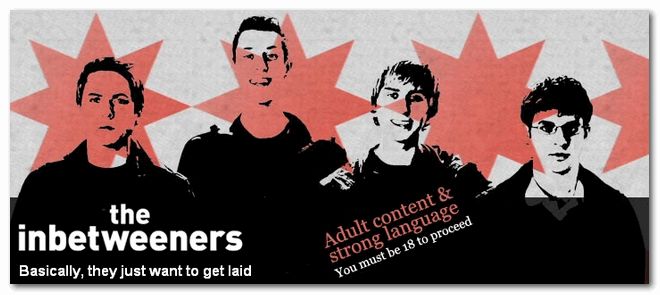The Great Gatsby is the third novel of Fitzgerald, published in 1925 after This Side of Paradise (1920) and The Beautiful and the Damned (1922).
Introduction
It was a turning point in Fitzgerald’s literary career because it was to improve on his previous works: he tested new techniques and insisted on the novelty of his enterprise: ‘I want to write something new, something extraordinary and beautiful and simple and ‘intricately patterned’ (letter to Perkins, agent at Scribner’s).
Indeed, Fitzgerald devoted a lot of care and attention to pruning unnecessary passages and tried to introduce editing methods (just like a filmmaker) to re-arrange his story in movie sequences.
In The Great Gatsby, Fitzgerald’s main innovation was to introduce a first-person narrator and protagonist whose consciousness filters the story’s events.
This device was not a total invention since a character through whose eyes and mind the central protagonist is discovered is to be found in two of Conrad’s books: Heart of Darkness and Lord Jim.
As usual with this device, the main protagonist remains strange and shady. This technique reinforces the mystery of the characters.
The second advantage is that the mediation of a character-witness permits a play between the real and the imaginary.
This indirect approach is inherited from Nathaniel Hawthorne. Hence, it is difficult to distinguish between true representation and fantasizing. For Emerson, the vision was more important than the real world.
Lire la suite



